National Parks in Greece - Olympus
In Greece there’s 12 National Parks. A lot of them is situated in mountains and the rest are near the sea. Olympus National Park is the most popular park in Greece.
The national park honors and protects history, culture, and nature. Mount Olympus, which is the tallest mountain in Greece, is the home of the twelve Gods of antiquity and of course the most famous god, Zeus. Olympus National Park is located in Greece. Mount Olympus is the most important attraction and heart of the national park. It represents cultural, historical, and natural significance.The summit reaches a height of 2,917 m with Mytikas being the highest of the peaks on the mountain and in all Greece.There are 52 different peaks spread out across the mountain and there are several trails and tracks which we can get on the highest points. There are ranging from easy to more difficult and even dangerous.

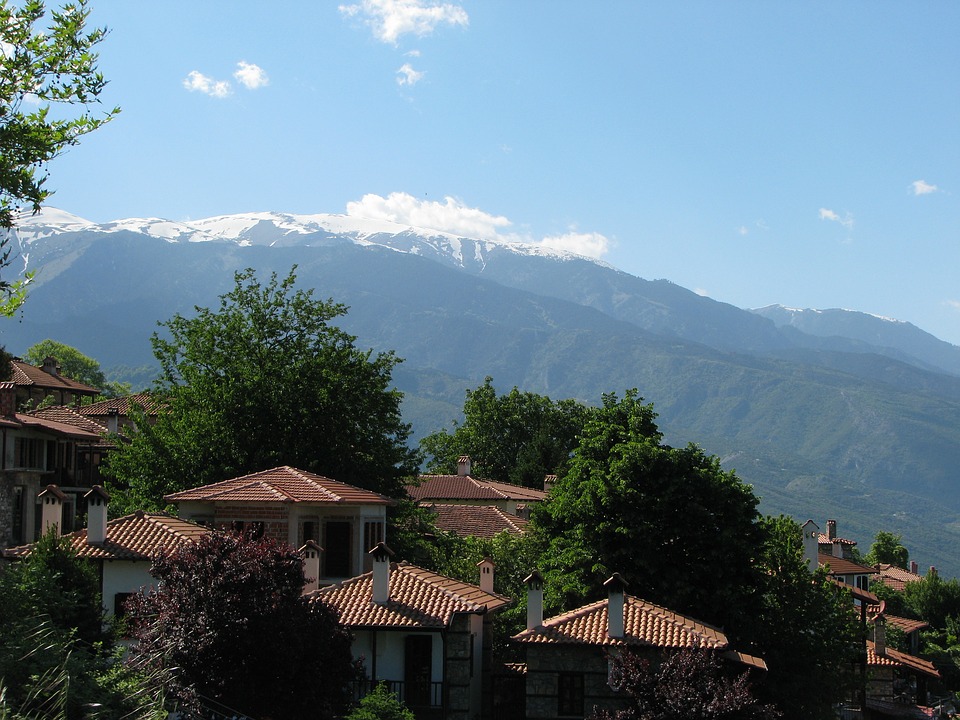
Forests here are typically less dense, as the dry and rocky climate is more suitable for grasses, shrubs, and chasmophytes, plants that grow in the crevices of rocks. Mount Olympus contains 26 locally endemic species, part of an estimated 160 plant species that are either endemic, rare, or otherwise protected. As for fauna, the park is famously biodiverse, home to all sorts of unique, rare, and endemic species. About 150 bird species reside or stop by the park. Predator wildlife includes wolves, jackals, foxes, and wild cats. The region has also been declared a World Biosphere Reserve. Wind and rain eroded the mountain creating a sheer towering characteristic.
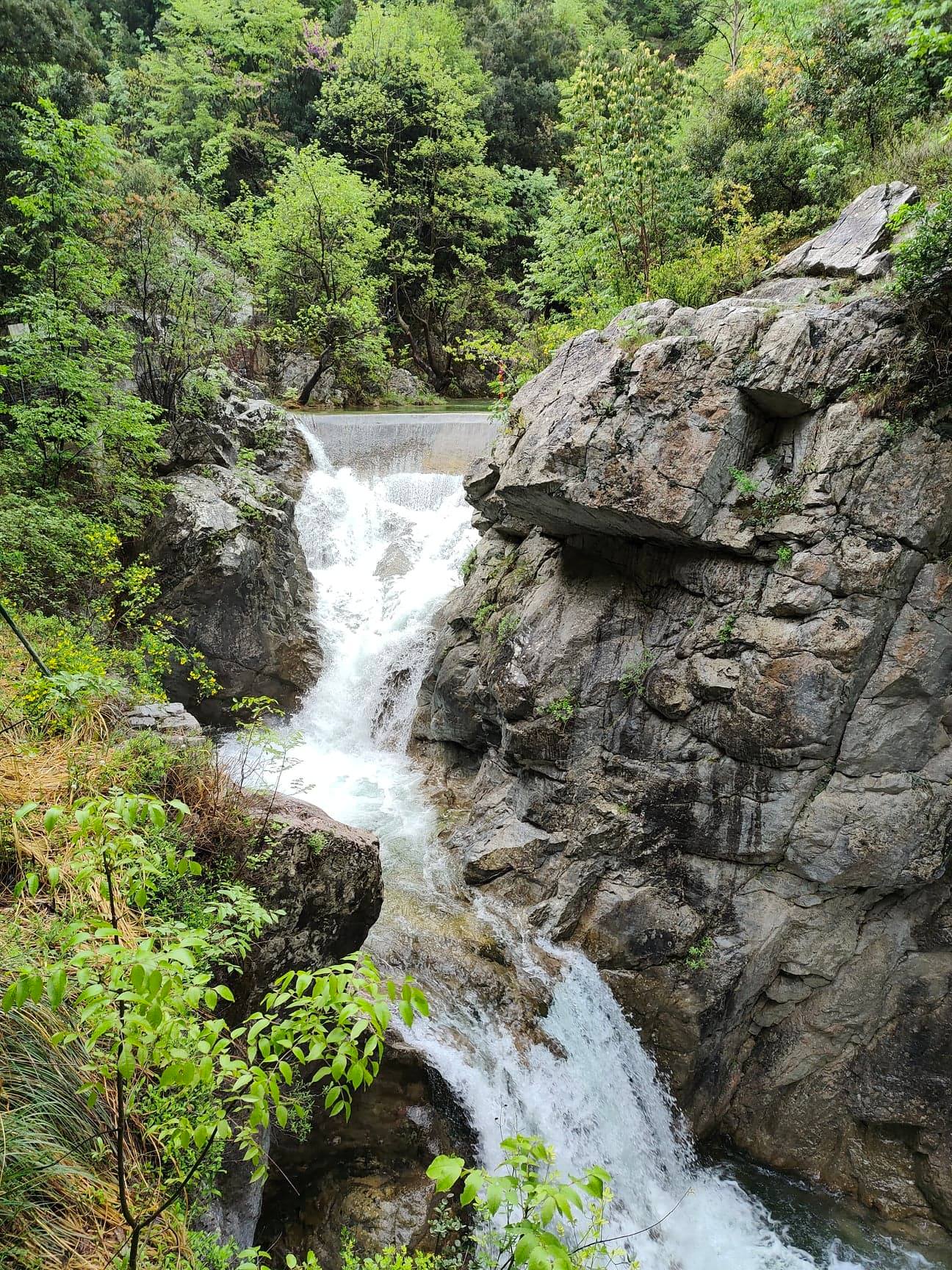
All information we can know inThe Olympus National Park Information Center . The centre is located about one kilometer above Litochoro. The exhibition is divided into seven areas, in which the peculiarities of the seven different zones of the mountain are presented, one will find large-sized boards that provide information about relevant topics in Greek and English. With every rise in the exhibition, the next higher altitude of the mountains is shown and the plant and animal world prevailing there is explained.
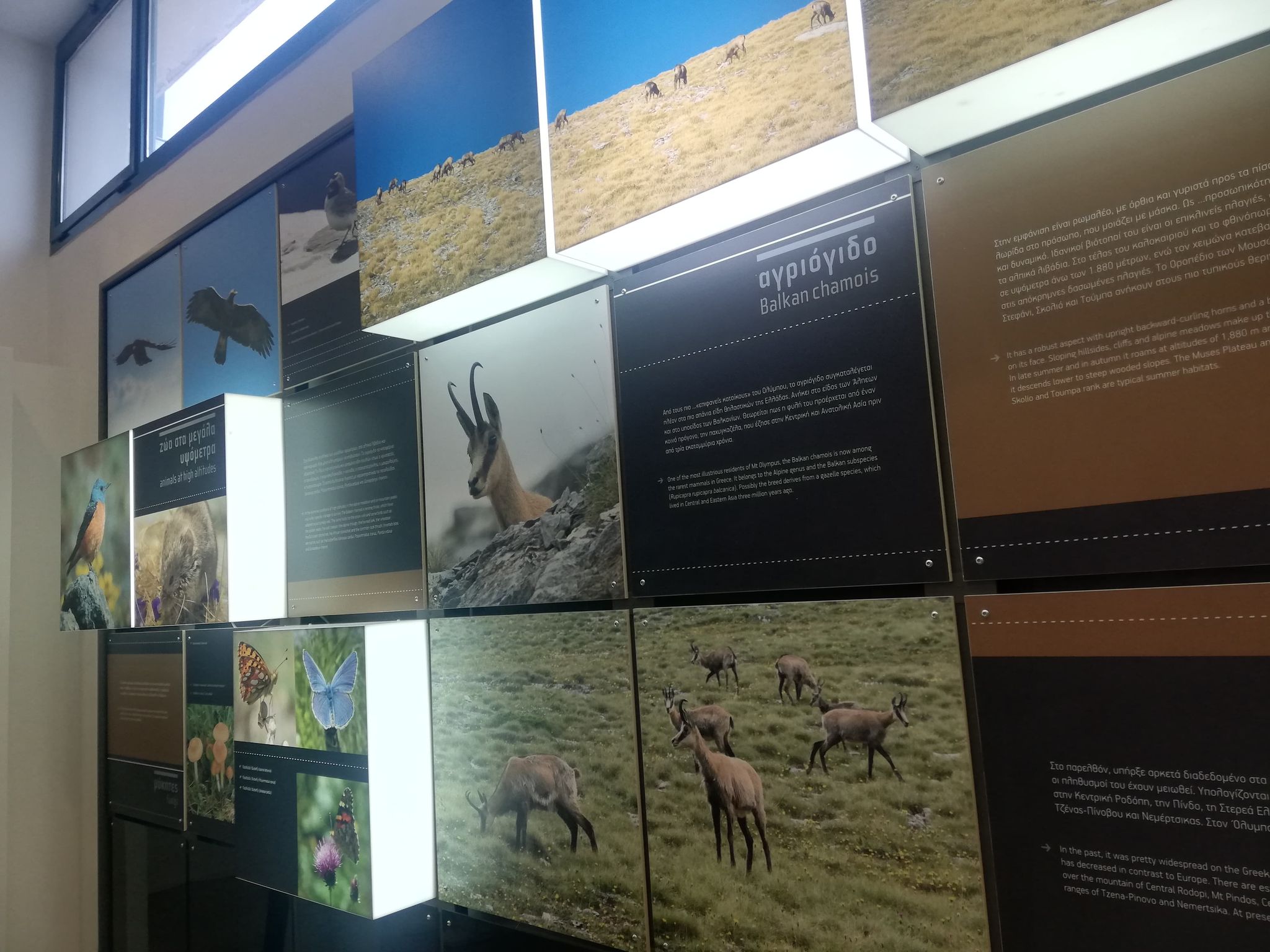
National Parks in Poland - Bieszczady

Created in 1973. The headquarters of the Park Management is located in Ustrzyki Górne. Almost 90% of this area is under strict protection. The „heraldic” species of the Bieszczady National Park is the lynx. The Bieszczady National Park protects the highest parts of the Polish part of the Eastern Carpathians. A number of plants rarely or not found at all in other Polish mountains grow here.

Nearly 80% of the BPN area is occupied by natural deciduous and mixed forests with beech, gray alder, sycamore, spruce. The Bieszczady National Park is a refuge for over 230 species of vertebrates, including 58 species of mammals. This is the place where the largest Polish predators live – bears, wolves and lynxes. In the 60s of the twentieth century, nearly 20 bison were brought to the Bieszczady Mountains. These animals have acclimatized and adapted to mountain conditions so much that currently their number reaches 280 individuals. This is the largest wild mountain herd of these animals in the world.
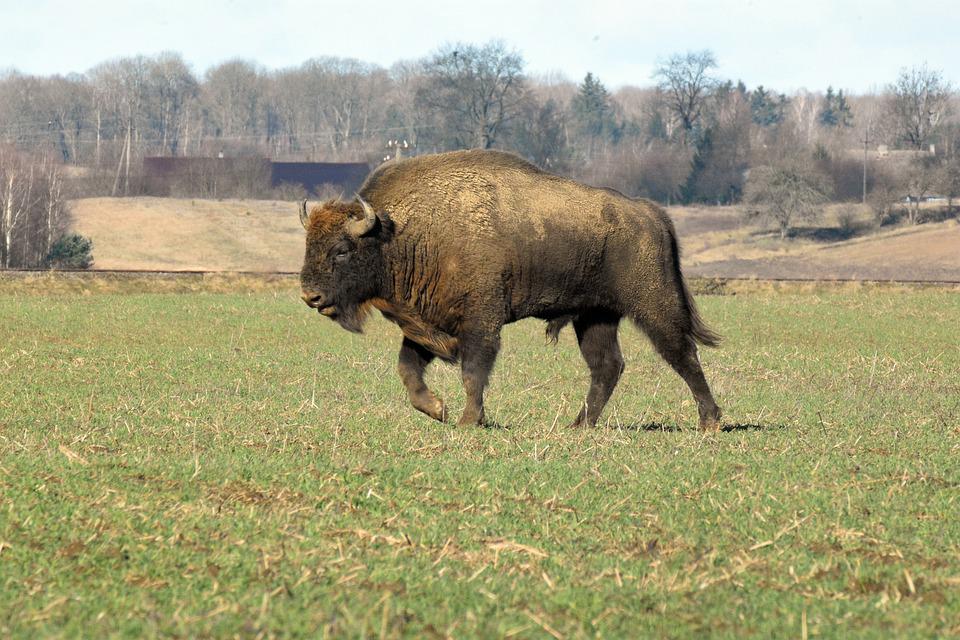
In the Bieszczady National Park there are several natural and historical paths, which mostly lead along the existing hiking trails. Individual stops are marked in the area with small plates with the symbol of each route and the next stop number.
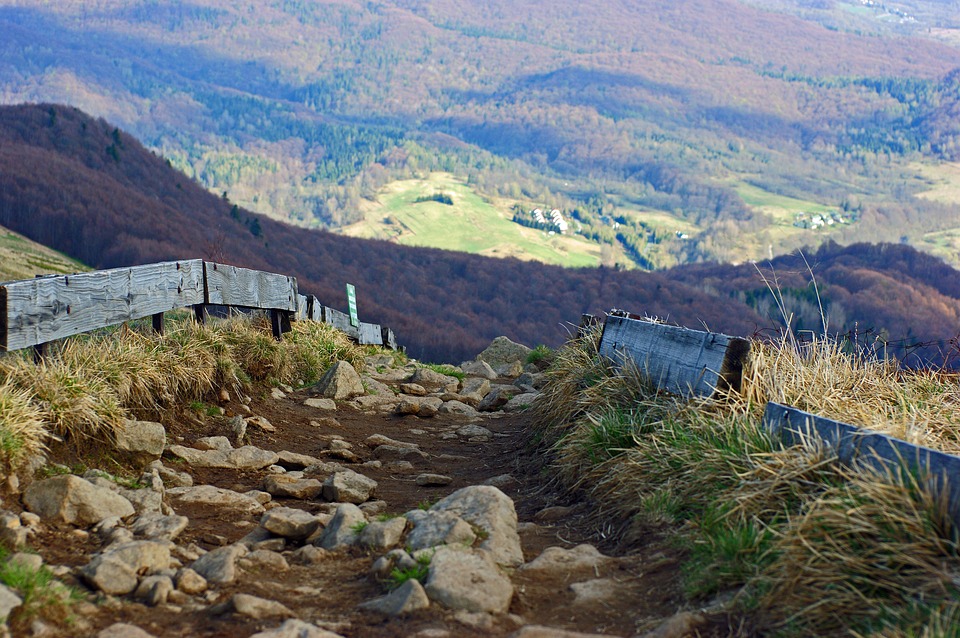
Curiosites:
- Bieszczadzki National Park is the third largest national park in Poland and the largest among Polish mountain national parks. Its area is 29 202 ha.
- Lynx Pędzelek – A hero created for the youngest lovers of the Bieszczady Mountains. His adventures can be seen through a booklet or radio play Przygody wielkie Rysia Pędzelka. A special BNP web panel with a Pędzelek as a guide in an attractive and understandable way for children brings closer the Bieszczady attractions and principles of hiking in the mountains.
- Land of valleys – This term describes a specific type of landscape in the BdPN created after the displacement of the Ukrainian population in the years 1944-1947. At first glance, the natural landscape can be found traces of ancient settlement – feral orchards, trees planted along former communication routes, foundations of old houses, collapsed wells, glades and terraces of fields, plant communities characteristic of meadows or pastures and resulting from human activity.
